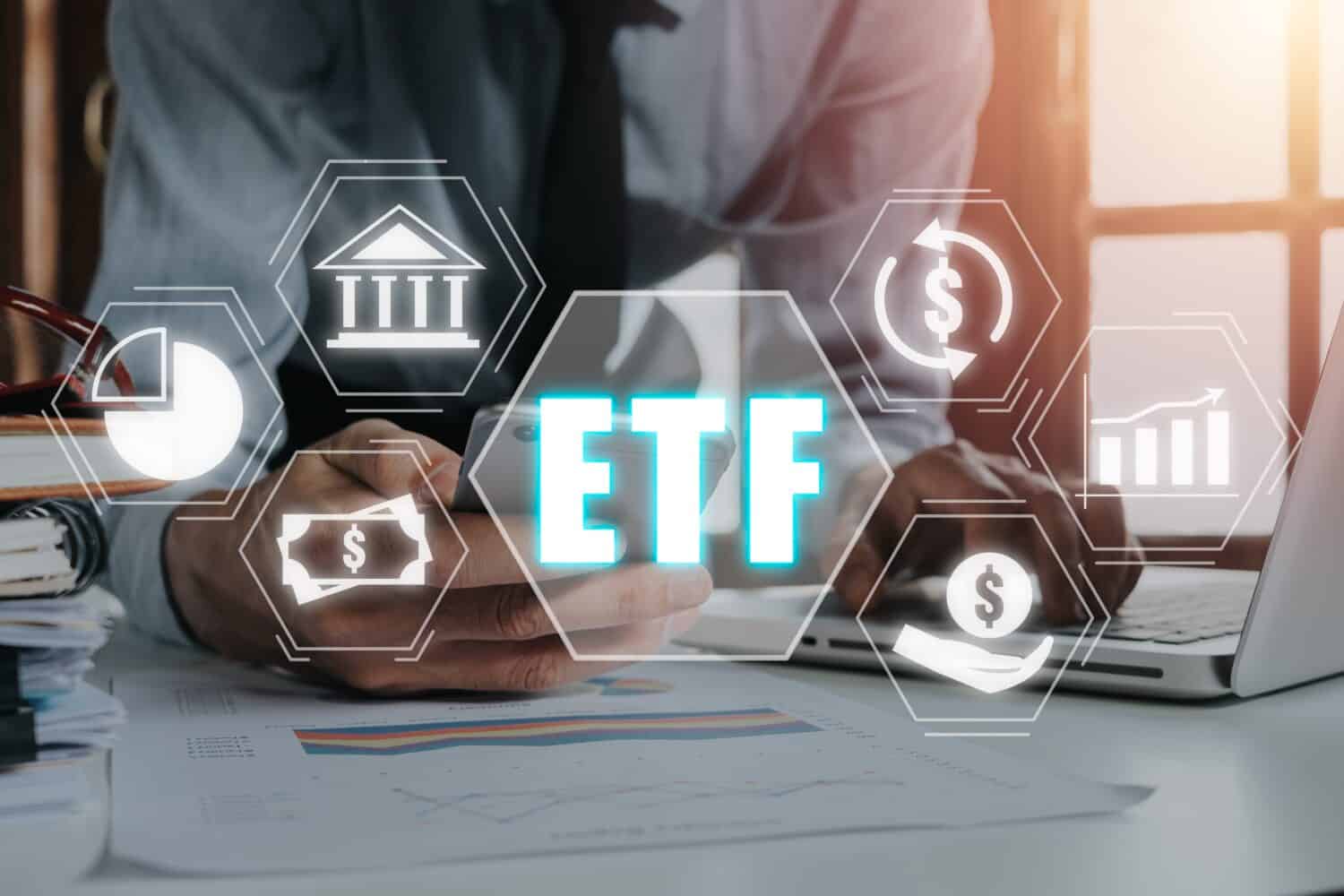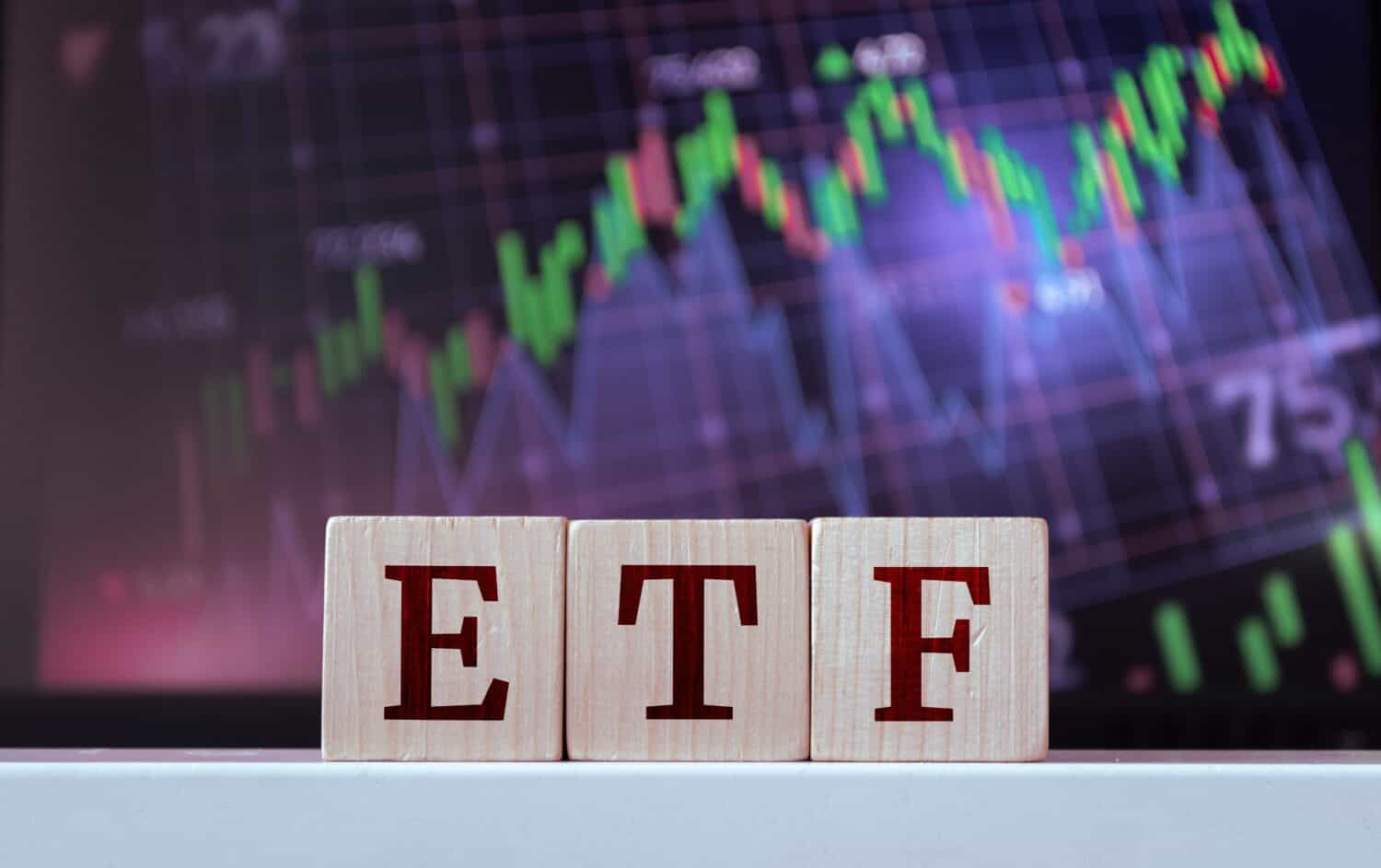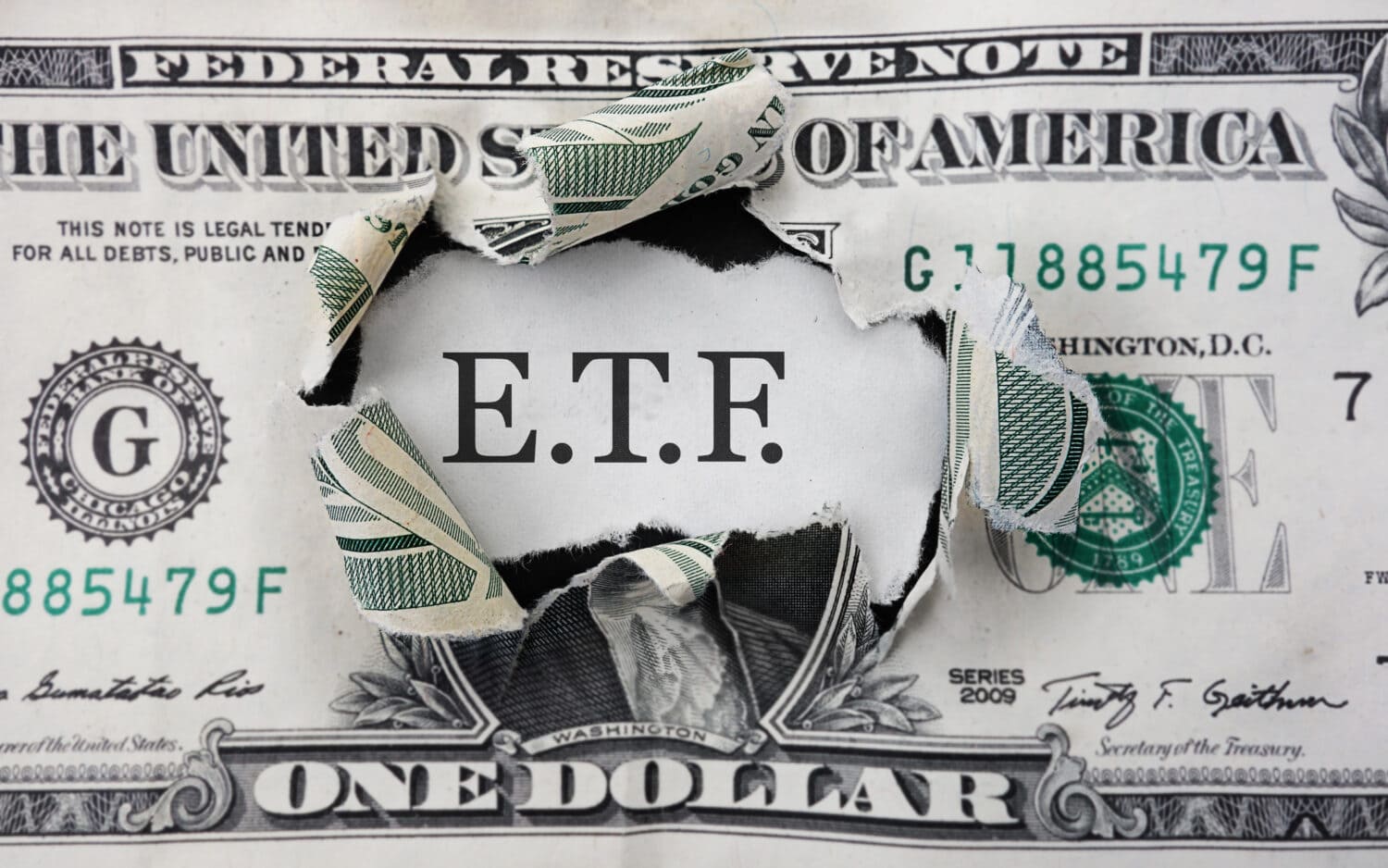

The technology sector has been a driving force in the stock market for decades, with innovation constantly pushing boundaries. For investors seeking exposure to this disruptive industry, ETFs offer a convenient and cost-effective way to participate.
Two of the most popular tech-focused ETFs are Invesco QQQ Trust (NASDAQ: QQQ) and Vanguard Information Technology Index Fund (NYSE: VGT). Both provide exposure to leading technology companies, but they have vastly different investment strategies.
Despite VGT’s lower expense ratio and historical outperformance, QQQ’s wider holdings and potentially smoother performance might be preferable for some investors seeking a balance between cost and growth.
We’ll delve into the differences between these two ETFs below, helping you choose the right one for your strategy.
What is QQQ?

The Invesco QQQ Trust is an ETF that tracks the performance of the Nasdaq-100 Index. This index includes the 100 largest financial companies listed on the Nasdaq Stock Exchange. Typically, these are large-cap growth stocks in many sectors, including technology.
When you invest in QQQ, you buy a very small piece of these 100 companies. Therefore, you get a lot of diversification from a single purchase.
QQQ is a convenient way to gain exposure to growth stocks, as it includes some of the largest and most innovative companies in the US.
QQQM is a very similar stock to QQQ, which you may also want to look at.
What is VGT?

The Vanguard Information Technology Index Fund is an ETF focused exclusively on technology. Unlike QQQ, which encompasses a wider range of industries, VGT tracks the GRSP US Large Cap Growth Index, which specifically targets large, growing companies within the technology sector.
In VGT, you’ll find many companies involved in software, semiconductors, hardware, and other tech-related industries.
VGT has fewer holdings than QQQ, with a heavier weight on larger companies. This can lead to higher growth potential and greater risk tied to the tech sector’s performance.
This ETF offers a concentrated way to tap into the technology industry’s potential, but it offers less diversification than QQQ.
QQQ vs. VGT: Which Fund Is Right for You

Fees
It’s important to consider fees and risks before choosing an ETF. All ETFs have an expense ratio, a yearly fee that pays for operating costs. This fee gets taken out of your earnings. A lower expense ratio translates to a higher return for investors in the long run.
QQQ has a higher expense ratio compared to VGT. VGT’s expense ratio is 0.05%, while QQQ’s is 0.2%. That’s a significant difference.
While this difference in fees may not be exceptionally obvious over the short term, it can eat into your earnings if you invest for a decade or more. If minimizing fees is a priority, VGT’s lower expense ratio could be a deciding factor.
Risk
When it comes to risk, QQQ offers far more diversification. Diversification is the practice of spreading your investments into different categories. Simply put, you put your eggs into multiple baskets.
QQQ offers broad diversification, as it invests in many different sectors. This can mitigate the impact of a downturn in a single sector, though it also minimizes the growth felt from a single sector.
VGT focuses solely on the technology sector, making it a more concentrated and riskier investment.
Another way to measure risk is through Beta. Beta measures an investment’s volatility compared to the overall market. The market’s Beta is always 1. If an ETF has a Beta close to 1, it moves similarly to the market. If it is less than 1, it has lower volatility, and if it is over 1, it has higher volatility.
QQQ typically has a Beta close to 1, so its performance will track the broader market. However, VGT often has a Beta higher than 1, so its price swings tend to be larger.
QQQ is less risky than VGT but has less potential for explosive growth. Which one you pick should depend on your risk tolerance and investing goals.
Historical Performance
While fees and risk are vital considerations, historical performance can offer insight into how these ETFs have behaved. Past performance doesn’t indicate future results, but it can be a helpful point of comparison.
Regarding long-term averages, VGT often boasts slightly higher returns than QQQ. This aligns with its focus on the historically high-growth technology sector. However, VGT has also been much more volatile. Its prices fluctuate much more than QQQ, which benefits from a broad diversification.
During market downturns, QQQ’s diversification can sometimes provide a buffer. Therefore, it also tends to have less dramatic dips compared to VGT.
Top Holdings
Looking at the top companies in each ETF can help you better understand their investment focus.
QQQ offers exposure to various industries by tracking the Nasdaq-100 Index. Here’s a glimpse of the top companies in QQQ’s holdings. However, remember that the stocks included change regularly:
- Microsoft Corporation (NASDAQ: MSFT)
- Apple Inc. (NASDAQ: AAPL)
- NVIDIA Corporation (NASDAQ: NVDA)
- Amazon.com (NASDAQ: AMZN)
- Broadcom Inc. (NASDAQ: AVGO)
- Meta Platforms, Inc. (NASDAQ: META)
- Alphabet (NASDAQ: GOOGL)
- Alphabet (NASDAQ: GOOG)
- Tesla, Inc. (NASDAQ: TSLA)
- Costco Wholesale Corporation (COST)
VGT, on the other hand, concentrates its holdings within the technology sector. Here are some of its typical top holdings:
- Microsoft Corporation
- Apple Inc.
- NVIDIA Corporation
- Broadcom Inc.
- Salesforce, Inc, (NYSE: CRM)
- Advanced Micro Devices, Inc. (NASDAQ: AMD)
- Adobe Inc. (NASDAQ: ADBE)
- Cisco Systems, Inc. (NASDAQ: CSCO)
- Accenture plc (NYSE: ACN)
- Oracle Corporation (NYSE: ORCL)
There is obviously some overlap between Q and VGT. However, VGT’s holdings lean more towards the technological sector. This concentration can amplify the potential rewards of a booming tech sector but also magnify the risks associated with any downturn in technology stocks.
As you can see from the holdings, the main trade-off between QQQ and VGT is diversification vs. concentration. If you want a more diverse investment, go with QQQ. If you want a more concentrated investment, go with VGT.
Taxable vs. Tax-Advantaged Accounts
You should also consider your account type when deciding between QQQ and VGT. Expense ratios affect everyone, but their impact can differ depending on whether you hold them in a taxable or tax-advantaged account (like a 401(k)).
In a taxable account, you pay taxes on capital gains and dividends. Expense ratios directly affect your return, as they’re deducted from your investment’s earnings. Therefore, a lower expense ratio, like VGT’s, can be particularly advantageous in a taxable account.
On the other hand, tax-advantage accounts allow your investment to grow tax-deferred. This means capital gains and dividends are not taxed until you withdraw the money in retirement. Therefore, the expense ratio between QQQ and VGT might be less of a deciding factor, as you won’t be worried about paying taxes, too.
Still, a lower expense ratio still benefits you in the long run. It allows for more compounding growth in your investment, even if you aren’t also paying taxes.
Is QQQ or VGT Better?

The choice between QQQ and VGT ultimately comes down to your individual risk tolerance and investment goals.
- QQQ: Offers broad diversification across many sectors, potentially leading to smoother performance but with slightly lower historical returns compared to VGT.
- VGT: Provides a concentrated play on the technology sector. It offers potentially higher returns but also greater volatility, as its performance is reliant solely on tech stocks. Its lower expense ratio can be particularly useful in taxable accounts.
Both QQQ and VGT can be valuable components of a long-term investment strategy. They both can help a diversified portfolio grow. While this article has focused largely on which one is best, choosing one or the other isn’t your only option.
The Third Path: Investing Strategies with QQQ and VGT

Both QQQ and VGT offer exposure to high-growth companies, which can be valuable for a long-term investment strategy. Historically, the stock market has trended upwards over the long term, and owning these ETFs allows you to participate in that potential growth.
For many, a mix of both ETFs may be the best option. QQQ provides a smoother, less volatile investment, while VGT provides more oomph at a higher risk. Both can be very useful partners in a diversified portfolio.
For the best results, we recommend a long-term investment strategy. These ETFs can be volatile in the short term, and a long-term investment horizon smooths out these fluctuations.
ALERT: Take This Retirement Quiz Now (Sponsored)
Take the quiz below to get matched with a financial advisor today.
Each advisor has been vetted by SmartAsset and is held to a fiduciary standard to act in your best interests.
Here’s how it works:
1. Answer SmartAsset advisor match quiz
2. Review your pre-screened matches at your leisure. Check out the advisors’ profiles.
3. Speak with advisors at no cost to you. Have an introductory call on the phone or introduction in person and choose whom to work with in the future
Take the retirement quiz right here.
Thank you for reading! Have some feedback for us?
Contact the 24/7 Wall St. editorial team.



